Do you have a question about the Toyota Car and is the answer not in the manual?
Explains the meaning and appearance of safety and vehicle damage warnings used throughout the manual.
Details the function and importance of occupant restraint systems like seat belts and airbags.
Provides a general overview of the vehicle's instruments and control layout.
Covers the operation and security of vehicle keys, locks, and doors.
Covers the safe use and adjustment of seats, seat belts, and airbags for occupant safety.
Covers the adjustment and operation of the steering wheel and various mirrors.
Covers the operation of headlights, turn signals, fog lights, and wipers.
Explains the vehicle's gauges, meters, and various service reminder indicators.
Covers the operation of the ignition switch, manual transmission, and parking brake.
Provides basic information and operating hints for the vehicle's audio system.
Details the controls, settings, and operating tips for the air conditioning system.
Covers various other interior equipment and accessories.
Highlights precautions for operating the vehicle in off-road conditions to prevent rollover and damage.
Lists essential checks and adjustments to perform before starting the engine.
Guides on diagnosing and resolving issues when the vehicle fails to start.
Explains common causes of corrosion and provides guidelines for prevention.
Emphasizes the owner's responsibility for regular maintenance to ensure vehicle performance and longevity.
Introduces the section on performing basic maintenance tasks yourself.
Covers do-it-yourself checks and maintenance for engine oil, coolant, tires, etc.
Covers do-it-yourself checks and maintenance for the vehicle's electrical system.
Lists the key dimensions of the vehicle, such as length, width, and wheelbase.
Explains the meaning and appearance of safety and vehicle damage warnings used throughout the manual.
Details the function and importance of occupant restraint systems like seat belts and airbags.
Provides a general overview of the vehicle's instruments and control layout.
Covers the operation and security of vehicle keys, locks, and doors.
Covers the safe use and adjustment of seats, seat belts, and airbags for occupant safety.
Covers the adjustment and operation of the steering wheel and various mirrors.
Covers the operation of headlights, turn signals, fog lights, and wipers.
Explains the vehicle's gauges, meters, and various service reminder indicators.
Covers the operation of the ignition switch, manual transmission, and parking brake.
Provides basic information and operating hints for the vehicle's audio system.
Details the controls, settings, and operating tips for the air conditioning system.
Covers various other interior equipment and accessories.
Highlights precautions for operating the vehicle in off-road conditions to prevent rollover and damage.
Lists essential checks and adjustments to perform before starting the engine.
Guides on diagnosing and resolving issues when the vehicle fails to start.
Explains common causes of corrosion and provides guidelines for prevention.
Emphasizes the owner's responsibility for regular maintenance to ensure vehicle performance and longevity.
Introduces the section on performing basic maintenance tasks yourself.
Covers do-it-yourself checks and maintenance for engine oil, coolant, tires, etc.
Covers do-it-yourself checks and maintenance for the vehicle's electrical system.
Lists the key dimensions of the vehicle, such as length, width, and wheelbase.
| Brand | Toyota |
|---|---|
| Model | Car |
| Category | Automobile |
| Language | English |

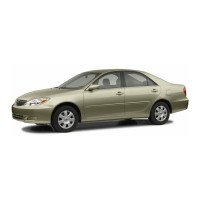
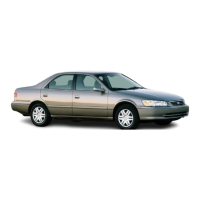
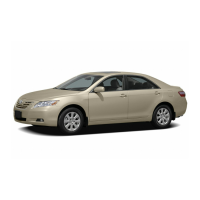

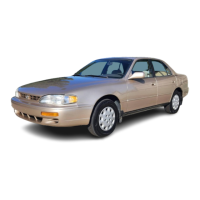
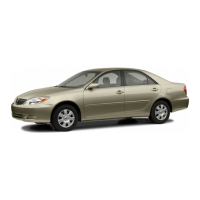

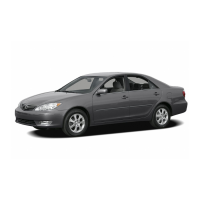

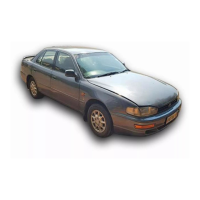
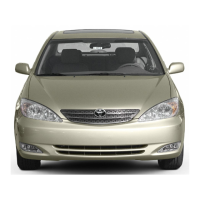
